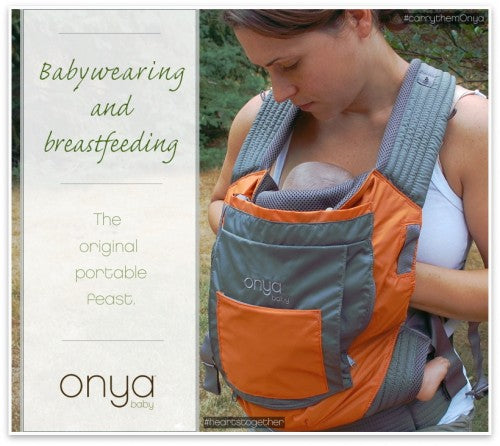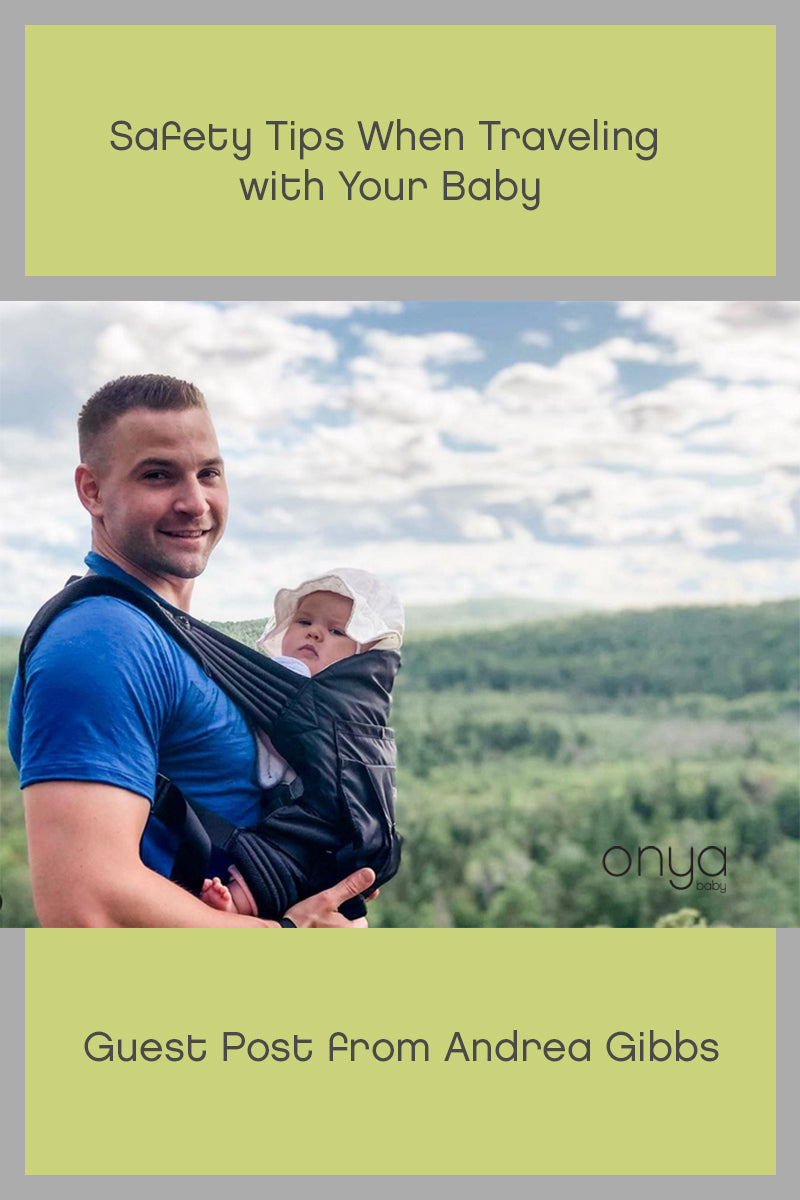Can babywearing eliminate the need for tummy time?

Can babywearing can eliminate the need for tummy time in the prevention and/or cure of positional plagiocephaly (a.k.a., flat-head syndrome)?
In 1994, the AAP (American Academy of Pediatrics) released its recommendation to parents to put their baby on their backs to sleep. According to the AAP, the recommendation, which became known as the “Back to Sleep” campaign has reduced the incidence of SIDS by 50% since its inception in 1994 (1). While the reduction of SIDS is clearly a positive apparent outcome of the program, there have been some unpleasant side-affects as well. Since the “Back to Sleep” campaign’s inception, the incidence in positional plagiocephaly has risen dramatically ².

The term plagiocephaly is derived from Greek, meaning literally “slanted” (plagio) “head” (kephale) (2). Positional plagiocephaly is a condition in which the back or one side of a baby’s head is flattened. Most often, it’s the result of a baby spending too much time lying on their back with their head resting on a flat surface (such as a crib, stroller, swing, or bouncy seat).
Here’s the good news: positional plagiocephaly is both treatable and, more importantly, highly preventable.
If you have a baby, you’ve heard about “tummy time.” It’s recommended by many as prevention to the potential positional plagiocephaly that can result when a baby is left to lie on its back for too much time (3). It’s developmentally important for babies to hold their head up, grasp at items, look around at the world. It’s important for their fine and gross muscular development, as well as for their overall emotional and intellectual development (4). But if you’ve ever tried to do “tummy time” with your baby you might have noticed that it isn’t met with cries of delight.

Enter babywearing. When you’re wearing your baby in a sling, wrap or baby carrier, your baby is using his muscles to hold his head up whenever he looks around. He’s grasping at the cloth of your shirt or sling, or at a toy hanging from the strap of your baby carrier. He’s immersed in the world around him simply by being a part of it when he’s on you as you move through your day. And it’s more natural and pleasurable for your baby to be close to you as you wear him than it is to be down on the floor for “tummy time.” It’s probably more pleasurable for you, too, since you can simply go about your day rather than worry about remembering to fit “tummy time” into your schedule.

As you go about your daily lives together, your baby’s head will be developing properly into the round shape that it’s supposed to be. According to the National Institute of Health, “getting ‘cuddle time’ with the baby by holding him or her upright over one shoulder often during the day (5)” is a great preventive tool to help your baby’s head develop properly.(6)(7). Babywearing is cuddle time, extended and with your hands free.
An important note: pay attention to your baby’s cues. Your baby might want to get down to play on the floor and scoot around on her tummy. Go for it. This is fabulous for your baby’s development, too. When your baby is scooting around on her tummy, different gross and fine motor skills are exercised. These are the muscles that will lead to crawling, pulling up and eventually walking. The most important thing is to be in tune with your baby.
So, what’s our answer to the question of whether babywearing can eliminate the need for “tummy time” as a preventive tool for plagiocephaly?
We think so.
How about you? If you wear your baby a lot, do you skip “tummy time?”






